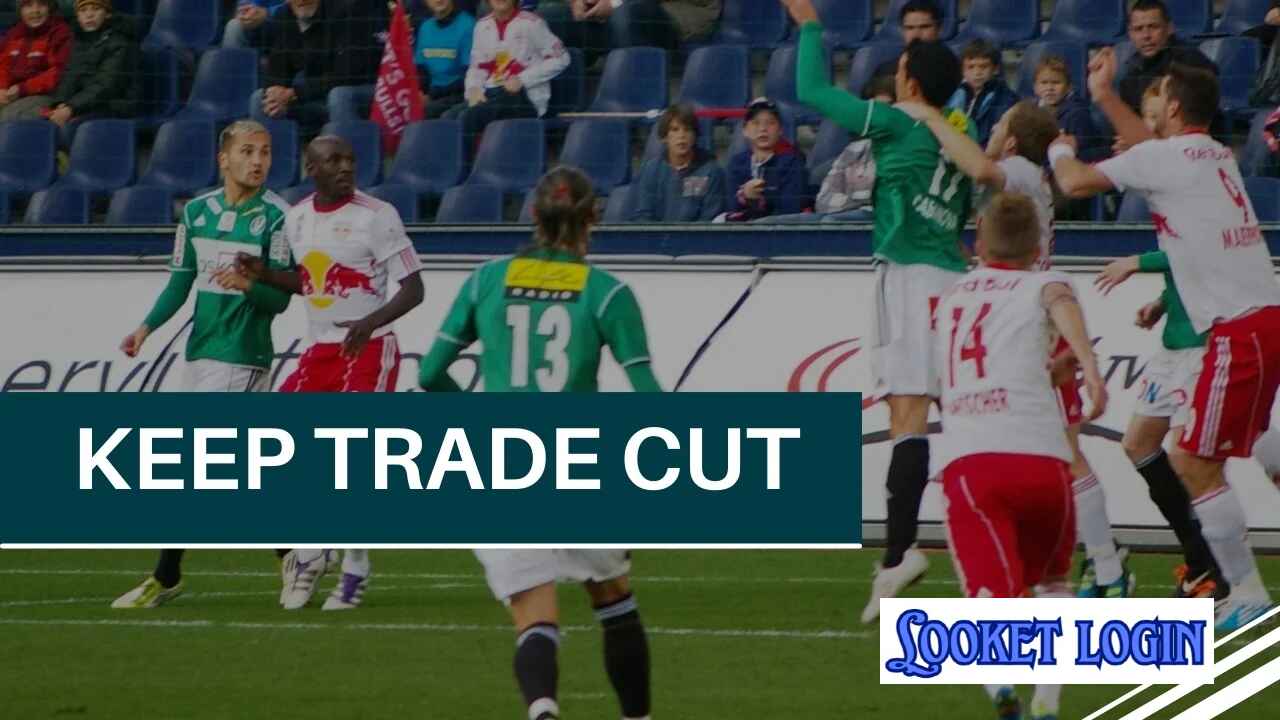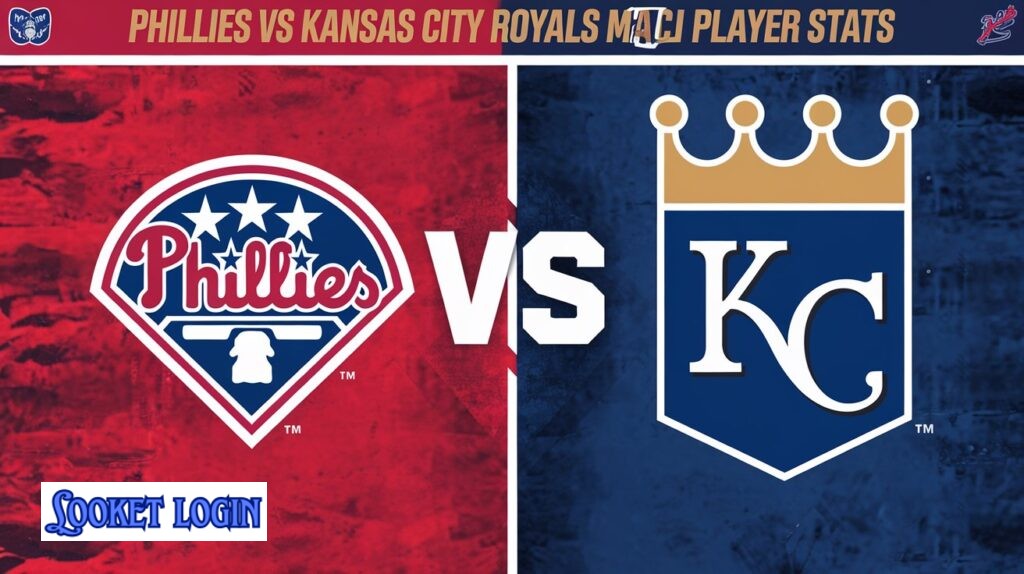The phrase Keep Trade Cut is a simple yet powerful tool for fantasy football players looking to make strategic decisions on their rosters. Whether you’re a seasoned player or new to fantasy sports, knowing when to keep, trade, or cut a player can elevate your game and give you an edge over competitors. Let’s break down how to use this strategy for success.
What Does Keep Trade Cut Mean?
Keep Trade Cut is a strategy that helps players decide whether to hold onto a player, trade them for value, or cut them from the roster.
By analyzing player performance, team needs, and matchups, you can make more informed decisions. This method is especially helpful in dynasty leagues and other long-term formats.
Why Keep Trade Cut Is Important in Fantasy Football
In fantasy football, player values fluctuate constantly due to factors like injuries, trades, and performance shifts.
Keep Trade Cut helps you assess your options and optimize your lineup by focusing on who to hold, who to swap for value, and who to release.
How to Decide Who to Keep
When deciding who to keep, look for players with consistent performance and strong future potential.
Players who are reliable week-to-week are often worth keeping, as they provide stability to your roster.
How to Find Trade Value in Players
Players who have high value but may face future challenges (like a tough schedule) are often ideal trade candidates.
Trading allows you to capitalize on their current worth while minimizing future risk. Look for players that other teams need and who can give you solid returns.
When to Cut a Player
Sometimes, cutting a player is the best move, especially if they’re underperforming or injured long-term.
Cutting underwhelming players frees up roster space for waiver pickups or emerging talent, helping you stay competitive.
How to Keep Trade Cut Helps in Dynasty Leagues
Keep Trade Cut is especially valuable in dynasty leagues, where decisions have long-term impacts. In these leagues, you’ll want to hold onto young players with growth potential, trade veterans for immediate value, and cut players with declining production.
Using Keep Trade Cut During the Season
Throughout the season, regularly assess your roster. Injuries, bye weeks, and changes in performance can alter player values. By using Keep Trade Cut, you can make adjustments that keep your roster strong and competitive.
Top Tools and Resources for Keep Trade Cut Decisions
Several online tools provide insights for Keep Trade Cut decisions. Sites like FantasyPros and Rotoworld offer player rankings, trade value charts, and analysis to help you make smarter choices. Staying informed can make a significant difference.
Balancing Your Roster with Keep Trade Cut
Keep Trade Cut isn’t just about individual players; it’s also about roster balance. Maintaining a well-rounded team with strong depth across positions ensures you’re prepared for any situation. A balanced roster is essential for long-term success.
Conclusion
Keep Trade Cut is a strategic approach that can guide you in making better fantasy football choices.
By analyzing each player’s value and considering your roster needs, you can keep your team strong, make profitable trades, and cut unproductive players
Implementing this method helps you stay competitive and ready for anything the season throws your way.
FAQs
What does “Keep Trade Cut” mean?
It’s a strategy to decide whether to keep, trade, or cut a player based on their value.
How do I know when to cut a player?
Consider cutting if the player is underperforming or injured long-term.
Why is Keep Trade Cut important in dynasty leagues?
It helps manage long-term value, balancing young talent with veteran assets.
Can Keep Trade Cut help me during the season?
Yes, regular assessments help adjust your roster for injuries, bye weeks, and performance changes.
Where can I find resources for Keep Trade Cut?
Sites like FantasyPros offer rankings, trade charts, and analysis to assist with these decisions.





